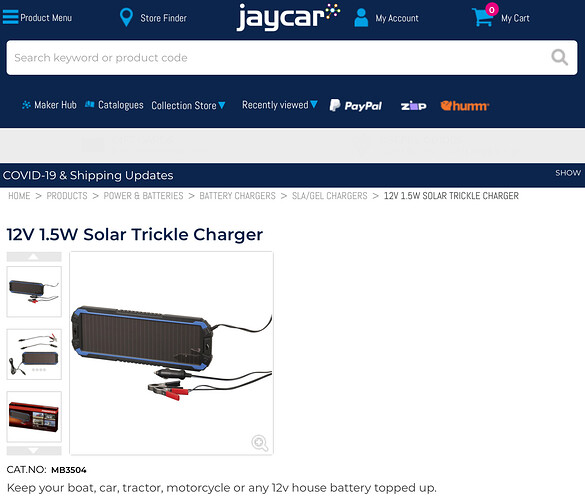Small solar panels which sit on the car dashboard, under the windscreen, and plug into the cigarette lighter socket, can be purchased from car accessory shops.
The marketing spiel leads the unsuspecting purchaser to believe the solar panel, when placed in the sunlight under the car windscreen, will keep the car battery topped up by trickle charging, while the car is parked.
Sounds like a good idea, BUT does it work?
With every car I’ve ever owned, the cigarette lighter socket is DISCONNECTED from the vehicle electrical circuit as soon as you remove the key from the ignition.
This means the solar panel CANNOT trickle charge the battery, no iffs, no but’s, period!
I think it is fair to assume this is the case for most cars on the road.
What this means is that the solar panel cannot possibly do what the marketing spiel claims, it is a hoax, and it is a waste of money.
You could get around the problem by leaving the keys in the ignition and on accessory setting, which would keep the cigarette lighter connected to the circuit, BUT besides the obvious risk of leaving the keys in the ignition whilst the car is unattended, the current being used by other accessories in the car would likely outweigh the charging current of the very small solar panel anyway.
BB

 might be helpful here
might be helpful here 

 that is employed to sell products to the unsuspecting.
that is employed to sell products to the unsuspecting.